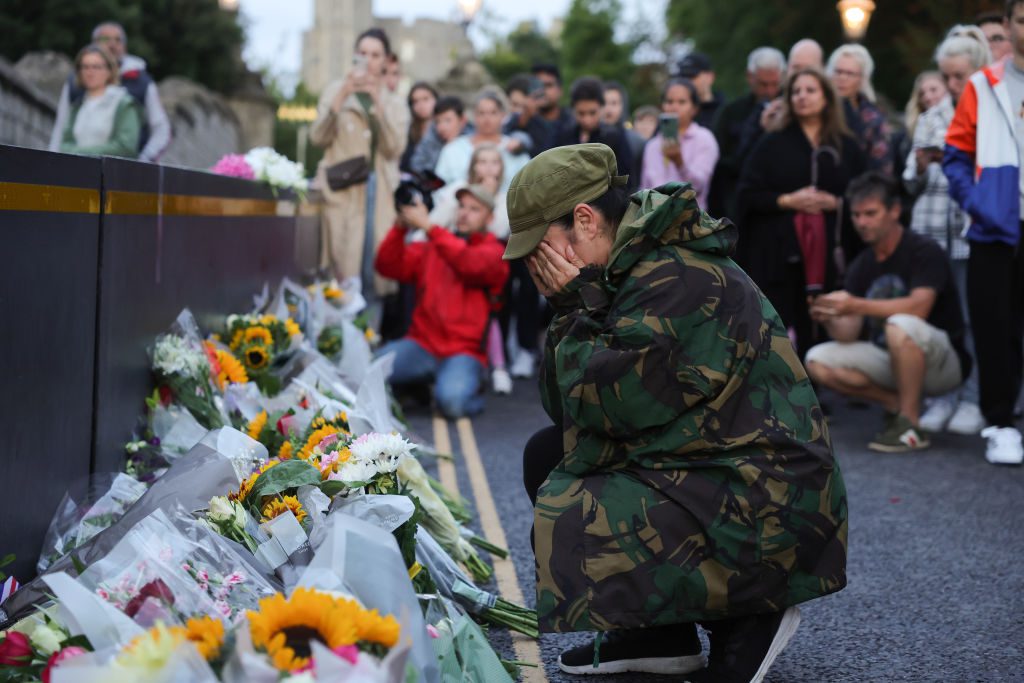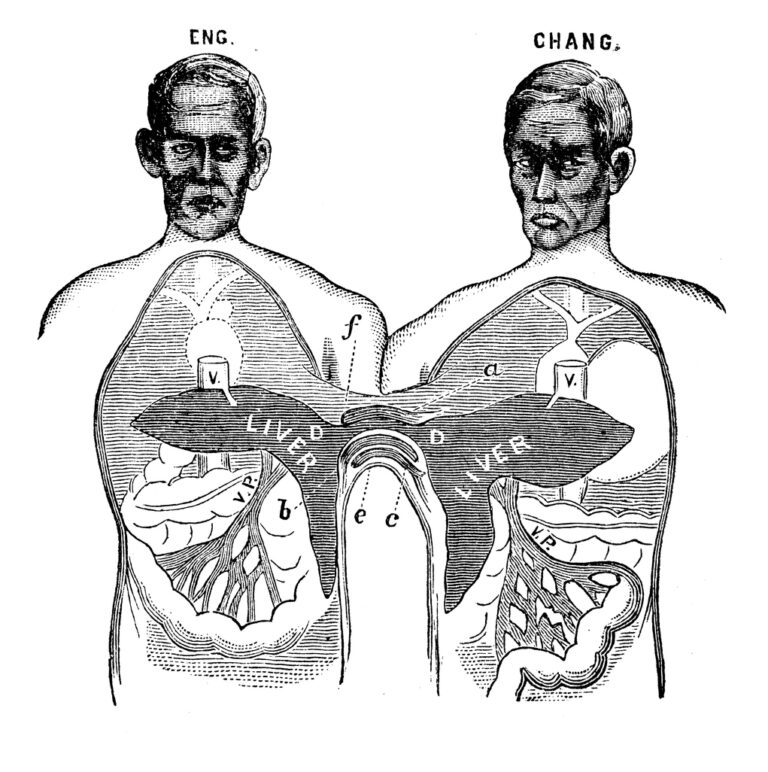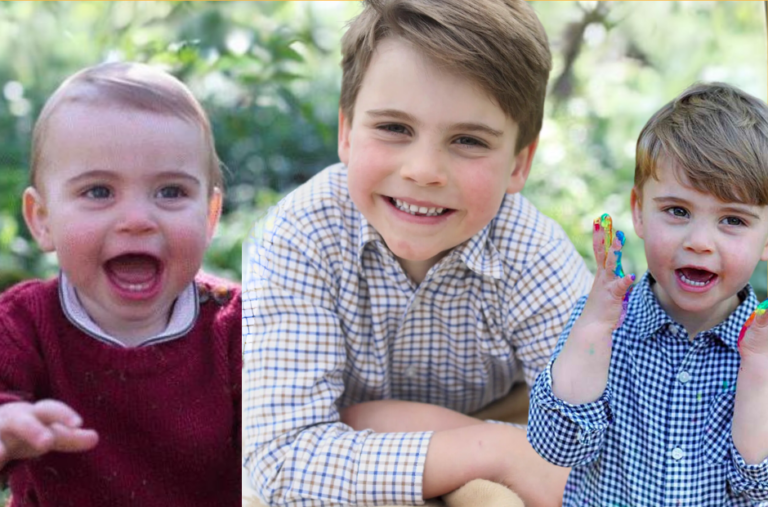As the Queen’s family and the world mourn the death of the monarch, who passed away at the age of 96, the British government set in motion its plans for the next 10 days.
Dubbed ‘Operation London Bridge’, the protocol lays out what happens with the Queen’s funeral, rules around succession, and the period of mourning.
Thursday 8th
The Royal Household notified the public of the Queen’s death by placing a notice on the gates of Buckingham Palace and other residences, and on the official website. Flags flew at half mast over the Houses of Parliament. Charles immediately became King Charles III and his wife Camilla, the Queen Consort. He issued a statement, saying:
“The death of my beloved Mother, Her Majesty The Queen, is a moment of the greatest sadness for me and all members of my family. We mourn profoundly the passing of a cherished Sovereign and a much-loved Mother. I know her loss will be deeply felt throughout the country, the Realms and the Commonwealth, and by countless people around the world.
“During this period of mourning and change, my family and I will be comforted and sustained by our knowledge of the respect and deep affection in which The Queen was so widely held.”
Day 0: Friday 9th
Although national mourning is to officially finish at the end of the day of her funeral on September 19th, The King asked that a period of grief be observed by members of The Royal Family for another seven days, to September 26th.
The Queen’s death is known as D-Day, with each subsequent day being named D+1 until the state funeral. However, since the announcement of her passing came at 6:31pm, Friday was considered Day 0
Day 1: Saturday 10th
The Accession Council met at St James’s Palace, where they read out an official proclamation of the new king
Day 2: Sunday 11th
The Queen’s coffin was transported from Balmoral Castle in Scotland to the Palace of Holyroodhouse, the Queen’s official Scottish residence.
Day 3: Monday 12th
King Charles III promised to follow the late Queen’s “selfless duty” in his first address to both Houses of Parliament as monarch.
After the ceremony, the King and Queen Consort travelled to Edinburgh, before they continued on to the Palace of Holyroodhouse for the Ceremony of Keys. The trip marked the start of a royal mourning tour of all four nations of the UK.
Day 4: Tuesday 13th
King Charles III continued his tour in Northern Ireland, visiting Hillsborough Castle.
Day 5: Wednesday 14th
The lying in state began five days after Her Majesty’s death. A ceremonial procession carried the Queen’s coffin to Westminster Hall from Buckingham Palace. Members of the Royal Family and palace staff followed the procession on foot. Westminster Hall was opened to the public for 23 hours a day for visitors to pay their respects.
Day 6: Thursday 15th
Members of the Royal Family met members of the public across the United Kingdom. The Prince and Princess of Wales were in Sandringham, The Earl and Countess of Wessex in Manchester and The Princess Royal in Glasgow.
Day 7: Friday 16th
King Charles III led a moving vigil around the Queen’s coffin at Westminster Hall, with members of the Royal Family standing guard.
Day 8: Saturday 17th
Commonwealth officials, world leaders and other dignitaries began arriving ahead of the state funeral. The King met Governors General and Prime Ministers from the Commonwealth nations.
Day 9: Sunday 18th
On the eve of the funeral, King Charles III welcomed foreign royal families.
Day 10: Monday 19th
The State Funeral of Her Majesty The Queen took place at Westminster Abbey at 11am. The one-hour service was followed by a ceremonial procession where Her Majesty’s coffin was borne to Wellington Arch, via The Mall on the State Gun Carriage.
The Queen was laid to rest together with the Duke of Edinburgh on Monday night at a private family service in the King George VI Memorial Chapel, located inside St George’s Chapel.







